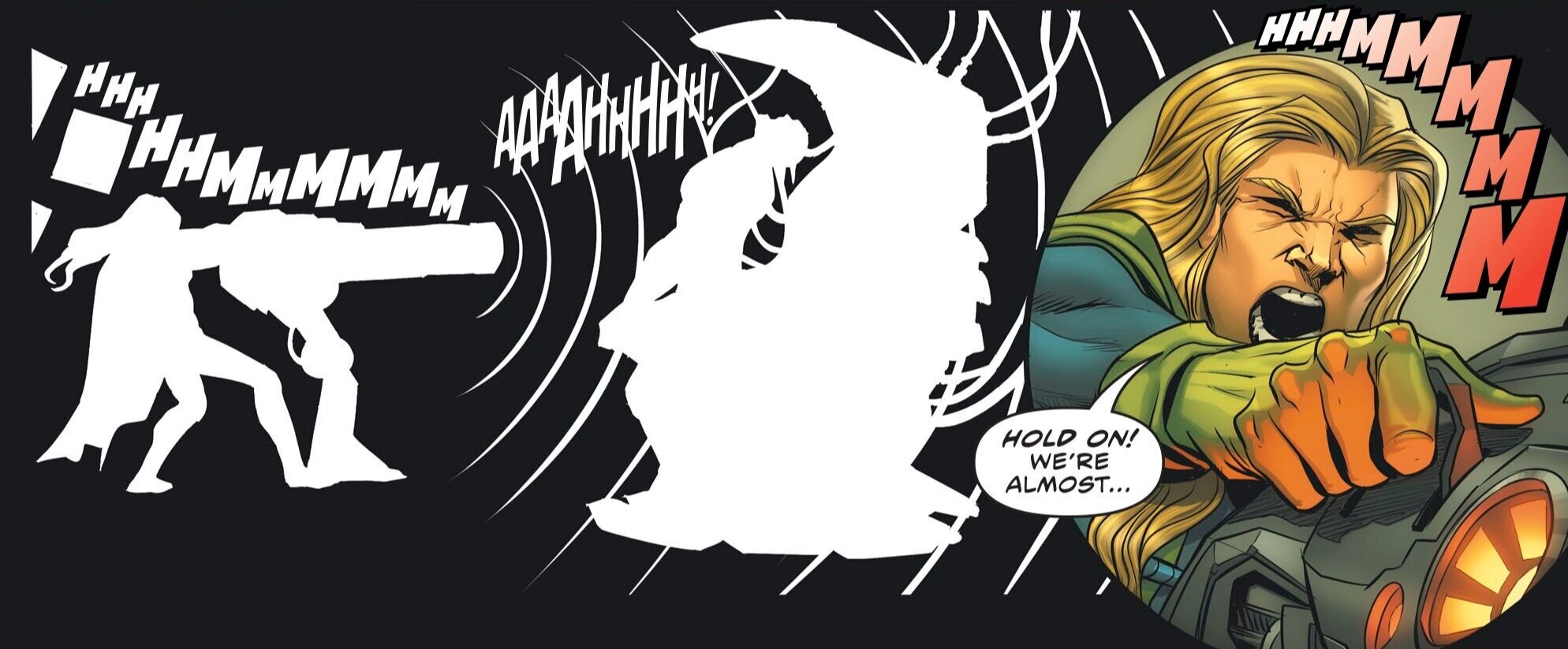The Flash #87 // Review
The aftermath of Rogues’ Reign looms heavy in The Flash #87, written by Joshua Williamson, with art by Christian Duce, and colors by Luis Guerrero, giving more weight to that story than the actual arc did. Previously, Lex Luthor cut a deal with a major cosmic baddie, and then paid his good fortune forward, offering the world’s supervillains powerful upgrades. The Rogues, led by Captain Cold, took the deal and used their newfound power to take over Central City. Cold let the power go to his head, turning into the despot of his own personal kingdom, and imprisoning the Flash. Things got so bad that Cold’s own sister, Glider, freed the Barry Allen, and then convinced the other Rogues to turn against their former leader. But with the Speed Force mysteriously kicked into overdrive, even the combined forces of the speedsters and Rogues had trouble defeating Cold. When Flash lost control of his powers, and almost killed the Captain, he turned himself in alongside his enemy as a danger to the community, and both men were carted off to Arkham Asylum. Now, Iris West must call in some help to get Barry’s powers under control, or he risks getting stuck in jail with the craziest, most dangerous criminals on the planet.
Right off the bat, this issue is a vast improvement over the rest of the arc, because it slows down to really dig into its characters. The scenes between Flash and Cold on their way to jail are some of the best work Williamson has done in the past few issues, allowing the two to actually talk to each other and illustrate their similarities and differences while showing the kind of begrudging respect they have for each other. The reality of the events of the Rogues’ Reign arc really hits home in those moments, as the readers are shown how much Cold’s line-crossing, murderous ways have altered his relationship with the Flash forever. If only this type of character work had been done in the rest of the arc, it could have been much more of a memorable story, and less a forgettable crossover event.
Unfortunately, the logistics of the events of this issue don’t quite hold up to scrutinization. The whole premise of Barry turning himself into the police, because he’s a danger to himself and others, is believable enough, but the problem comes in Williamson’s execution of it. It seems unlikely, even with Flash turning himself in, that a known hero would be taken straight to Arkham Asylum. He’s most definitely not a mentally disturbed criminal, and he’s committed no significant crimes. In fact, he’s responsible for ending Captain Cold’s reign of terror. He’d probably be treated very well and would be held at the local precinct until his Justice League friends could find a way to get his powers under control, at worst. Of course, if that happened, there would be no story, so readers will just have to suspend disbelief and go along for the ride. The art team of Duce and Guerrero are on point, despite having little action to work with. Duce, particularly, makes the quiet scenes character beats work, especially between Flash and Cold, and their antagonistic bonding session. There’s a very polished look to the overall art, but it does seem a little static, or posed, in the action scenes. Duce has had problems with this before, but overall is a solid artist on this title and a regular welcome presence.
In the end, this was an improvement over the last handful of issues, because it got back to what matters most: character. The best thing that could have happened was to get past the crossover event and get back to business as usual. Hopefully, Williamson plans to return to the stories focusing on the mysteries of the four Forces, which have been the best of the last couple years’ arcs, but until then, at least he seems to be back on an upward swing, quality-wise.









